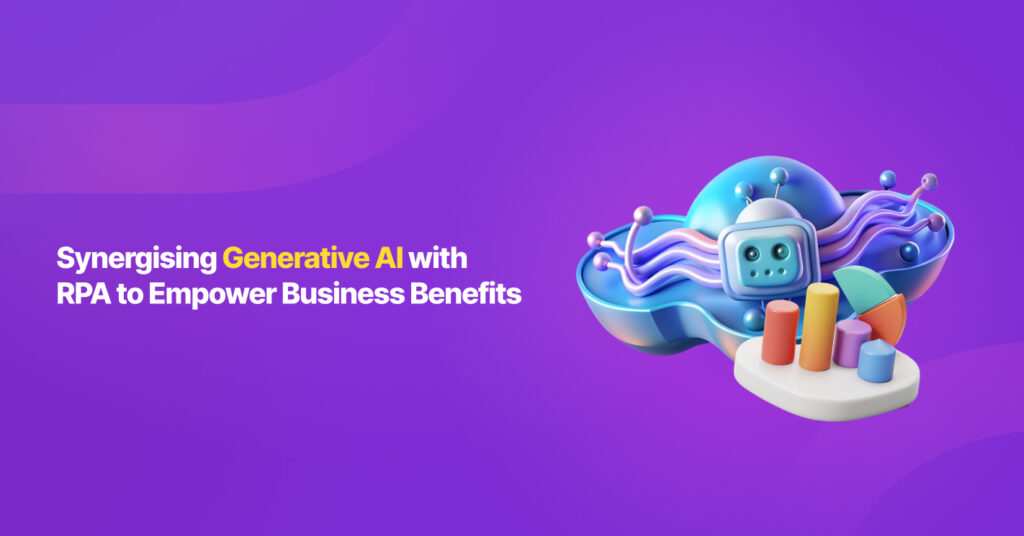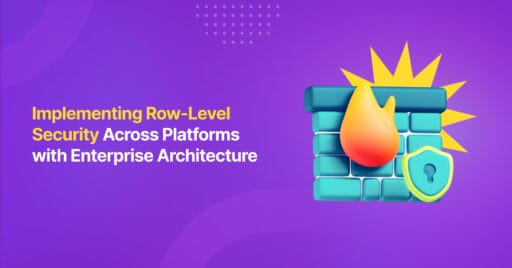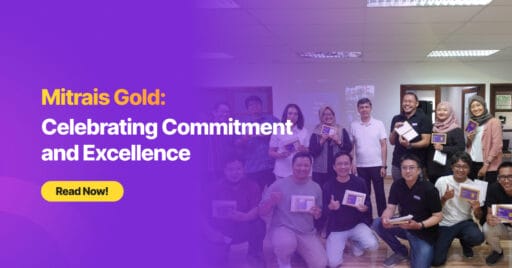Automation has become the cornerstone for operational efficiency. Two pivotal technologies driving this shift are Generative AI and Robotic Process Automation (RPA). While RPA focuses on automating repetitive, rule-based tasks, Generative AI introduces a new dimension by enabling machines to create, analyse, and make decisions based on complex data sets. The synergy between these technologies promises to revolutionise how businesses operate, enhancing productivity, reducing costs, and improving accuracy.
This article will explore how integrating Generative AI with RPA can lead to substantial business benefits, offering technical insights and practical strategies for implementation.
Understanding RPA and Generative AI
Robotic Process Automation (RPA)
RPA automates routine, rule-based tasks that typically require human intervention, such as data entry, form processing, and system queries. By mimicking human actions, RPA tools streamline processes, reduce errors, and free up human resources for more strategic tasks.
Generative AI
Generative AI, exemplified by technologies like GPT-4, goes beyond basic automation by generating new content, making predictions, and offering sophisticated insights based on vast amounts of data. It can analyse unstructured data, identify patterns, and even make decisions in complex scenarios.
Applications in Various Industries
- Finance – RPA automates invoice processing and reconciliation, while Generative AI analyses financial trends for strategic decision-making.
- Healthcare – RPA streamlines patient data management, while Generative AI aids in diagnosing complex cases.
- Manufacturing – RPA manages supply chain operations, and Generative AI optimises production schedules and predicts maintenance needs.
The Synergy Between Generative AI and RPA
The true power of automation emerges when Generative AI is integrated with RPA. This combination allows businesses to handle not only repetitive tasks but also complex decision-making processes.
- Enhancing Decision-Making Processes
Generative AI can analyse and interpret data RPA collects, offering insights that drive better business decisions. For instance, in a supply chain scenario, RPA might handle order processing and collect related data in separate systems, while Gen AI use the data collected by RPA to predict demand and suggest inventory adjustments based on collected data and market trends.
- Automating Complex Tasks
Generative AI can tackle tasks that require understanding and creativity, complementing RPA’s rule-based automation. For example, while RPA automates data collection, Generative AI could generate reports, craft personalised customer responses, or even create marketing content tailored to specific audiences.
Business Benefits of Integrating Generative AI and RPA
- Increased Efficiency and Productivity
Combining RPA with Generative AI allows businesses to automate a broader range of tasks, speeding up processes and enabling employees to focus on higher-value activities.
- Cost Reduction and ROI
Automation reduces the need for manual intervention, leading to significant cost savings. The integration also ensures faster ROI by streamlining operations and reducing error rates.
- Improved Accuracy and Reduced Human Error
RPA’s precision in handling repetitive tasks combined with Generative AI’s ability to analyse and predict outcomes leads to more accurate results, minimising the risk of human error.
- Enhanced Customer Experiences
With the ability to personalise interactions and provide faster, more accurate responses, integrating these technologies significantly improves customer satisfaction and loyalty.
Technical Implementation
Steps to Integrate Generative AI with RPA
- Identify Automation Opportunities: Assess processes where RPA and Generative AI can bring value.
- Choose the Right Tools: Utilise platforms like UiPath for RPA and GPT-4 for AI-driven tasks.
- Develop Integration Workflows: Design workflows that combine RPA’s task automation with AI’s decision-making capabilities.
- Test and Optimise: Pilot the integrated system, monitor performance, and refine workflows as needed.
Tools and Frameworks:
- UiPath: A leading RPA platform for automating business processes.
- GPT-4: A powerful Generative AI tool for analysing data and generating content.
- APIs and Integrations: Enable seamless communication between RPA and AI tools.
Best Practices
Firstly, begin with small, manageable projects to gain a solid understanding of the integration process. Secondly, foster close collaboration between RPA and AI teams to ensure that goals and workflows are aligned. Additionally, make it a priority to regularly update and maintain the system to keep pace with evolving business needs.
Case Studies and Real-World Examples
- Loans
In banking, loan approvals require careful data analysis and decision-making. RPA automates the basic steps, such as collecting personal details and checking them against lending criteria. However, Generative AI enhances this process by analysing complex data that RPA might miss, such as nuanced income reports and economic trends. By combining RPA’s efficiency with AI’s analytical capabilities, banks can process straightforward loans quickly while ensuring more complex cases receive a thorough evaluation, involving human judgment when needed.
- Image Analysation
Reviewing images with AI-enhanced RPA can significantly improve accuracy and efficiency. For instance, a food and beverage industry client partnered with UiPath to ensure product labels were correct. They implemented an AI-driven automation system that examines and evaluates design drafts, identifying inconsistencies and alerting the relevant design teams. Previously, this task was time-consuming and prone to human error, requiring substantial effort from multiple employees. Each review is completed in minutes with higher precision, helping the company avoid reputational damage and regulatory penalties.
Future Trends and Innovations
- Emerging Trends & Predictions
The future of business automation lies in the deeper integration of AI and RPA, with emerging trends like AI-driven process discovery, real-time decision-making, and adaptive automation leading the charge.
As Generative AI and RPA continue to evolve, businesses will see more autonomous processes where systems can self-optimise and adapt to changing conditions without human intervention.
According to Forbes, Generative AI may pinpoint potential customers from documents or reports and relay their names to RPA, notifying the sales team about new leads. Marketers can leverage Generative AI to craft email campaigns, social media posts, and other content, while RPA handles the distribution across multiple platforms.
- Evolving Role of Software Engineers
Software engineers will need to stay ahead of these trends by continuously learning and innovating, playing a pivotal role in designing and implementing these advanced systems.
Challenges & Considerations
- Integration Complexity: Merging RPA with Generative AI requires careful planning and coordination.
- Data Privacy and Compliance: Handling sensitive data in AI-driven processes necessitates stringent privacy measures.
- Skill Gaps: Organisations may face challenges in finding professionals skilled in both RPA and AI technologies.
Mitigation Strategies
Implement a phased approach to integration, gradually building capabilities while investing in training and upskilling your teams. Additionally, prioritise compliance with data privacy regulations by establishing robust governance frameworks.
Conclusion
Integrating Generative AI with RPA offers a pathway to transformative business benefits, from increased efficiency to enhanced customer experiences. Staying updated with technological advancements and exploring these integrations will be crucial for software engineers and IT professionals who aim to lead in this evolving landscape.
At Mitrais, we understand the challenges and complexities of integrating advanced technologies like Generative AI and RPA. Our team of experts is here to help you navigate this journey, ensuring you achieve your business objectives with minimal risk. Explore our RPA solutions or contact us directly to learn how we can support your automation needs.






